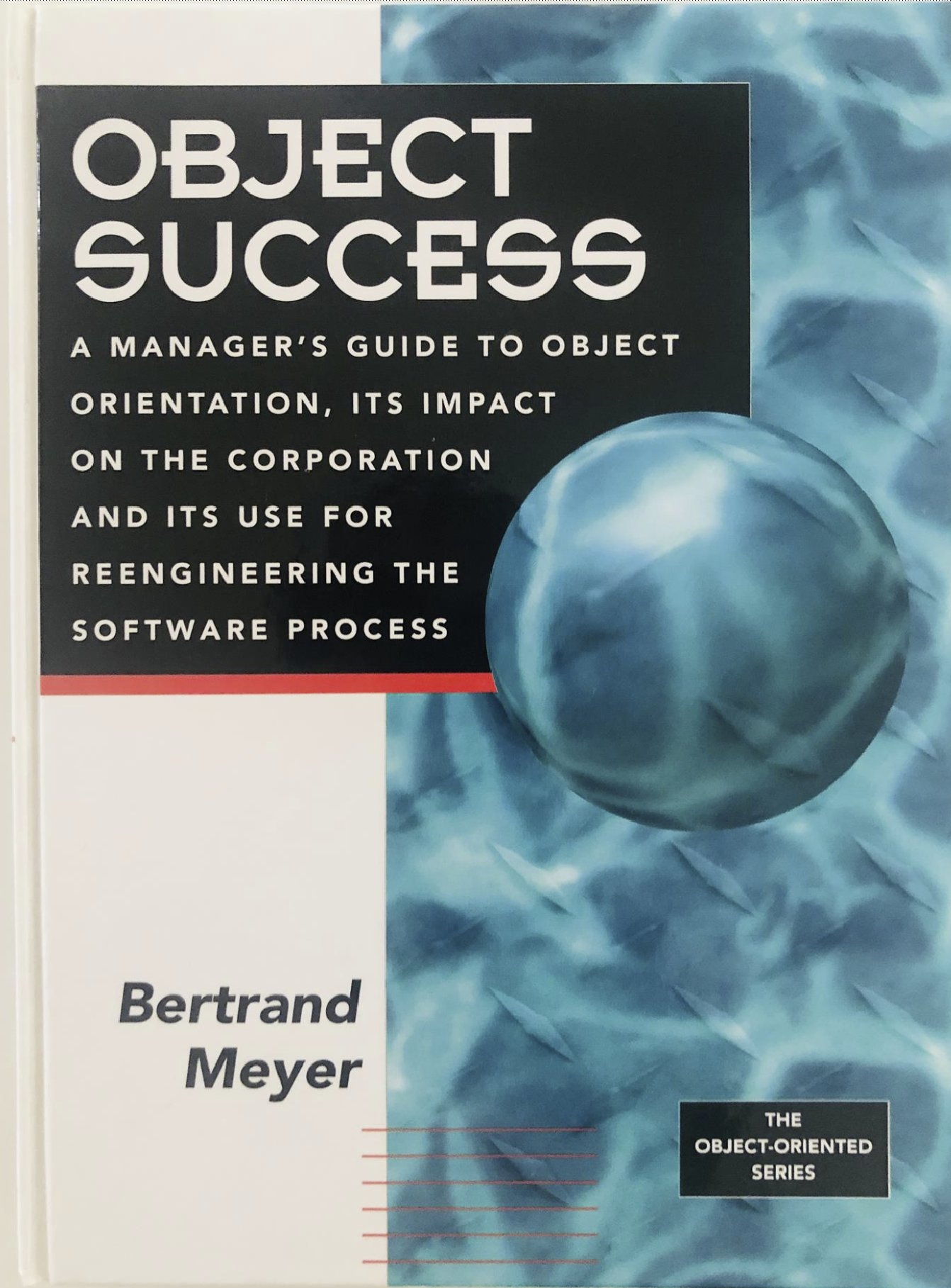Maria Naumcheva, Sophie Ebersold, Jean-Michel Bruel and Bertrand Meyer, UOOR: Seamless and Traceable Requirements, submitted for publication, February 2025, preprint available on arXiv.
This article grew out of Maria Naumcheva’s PhD thesis defended on December 18 at the University of Toulouse (I will write separately about the thesis as a whole). It is part of a general effort at systematic requirements engineering, reflected in earlier articles by the some or all of the same group of authors (see my publication list) and in my requirements book. Here is a short version of the abstract for the article:
In industrial practice, requirements are an indispensable element of any serious software project. In the academic study of software engineering, requirements are one of the heavily researched subjects. And yet requirements engineering, as practiced in industry, makes shockingly sparse use of the concepts propounded in the requirements literature.
The present paper starts from an assumption about the causes for this situation and proposes a remedy to redress it. The posited explanation is that change is the major factor affecting the practical application of even the best-intentioned requirements techniques. No sooner has the ink dried on the specifications than the system environment and stakeholders’ views of the system begin to evolve.
The proposed solution is a requirements engineering method, called UOOR, which unifies many known requirements concepts and a few new ones in a framework entirely devised to accommodate and support seamless change throughout the project lifecycle. The method encompasses the commonly used requirements techniques such as scenarios, and integrates them into the seamless software development process. The work presented here introduces the notion of seamless requirements traceability, which relies on the propagation of traceability links, themselves based on formal properties of relations between project artifacts.
As a proof of concept, the paper presents a traceability tool to be integrated into a general-purpose IDE that provides the ability to link requirements to other software project artifacts, display notifications of changes in requirements, and trace those changes to the related project elements.
The UOOR approach is not just a theoretical proposal but has been designed for practical use and has been applied to a significant real-world case study: Roborace, a competition of autonomous racing cars.
Reminder: my full annotated publication list is here.
